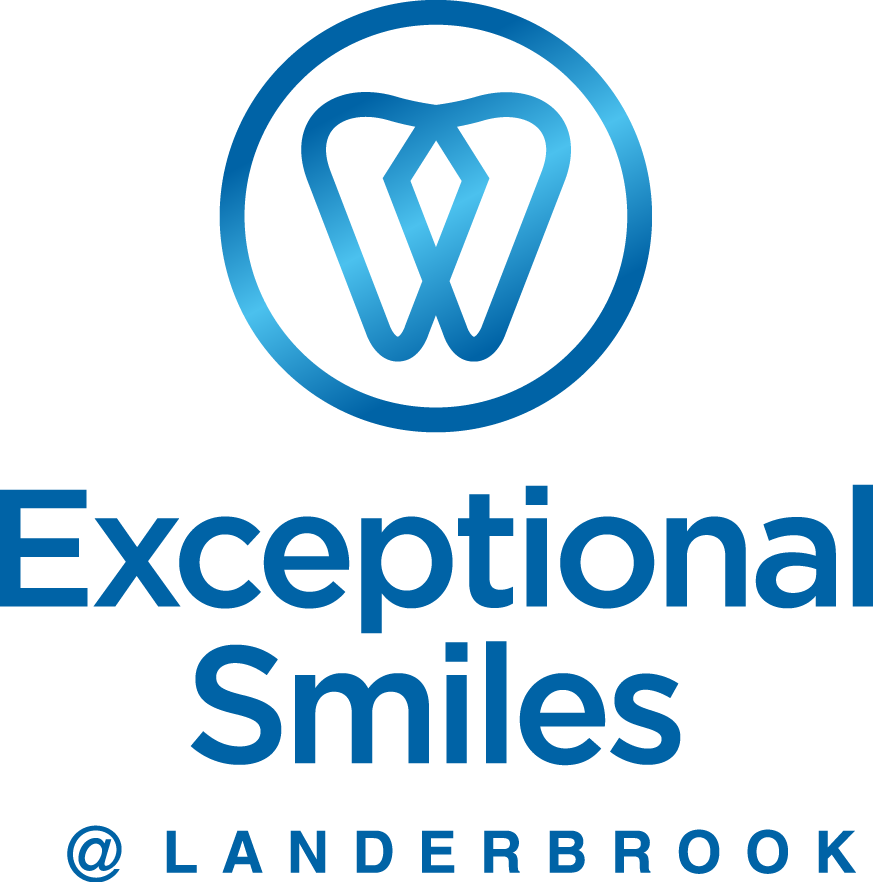
Mouthwash is one of the simplest ways to freshen your breath and give your smile a little extra care—but are you using it correctly? At Exceptional Smiles at Landerbrook, we believe good oral health isn’t just about brushing and flossing. When used properly, mouthwash can be an effective addition to your daily routine. However, it’s not a magic fix, and misuse can actually do more harm than good.
Here’s a clear guide to the do’s and don’ts of mouthwash, so you can get the most out of this common oral hygiene product.
Why Use Mouthwash?
Mouthwash, also known as oral rinse, does more than freshen your breath. Depending on the formula, it can help:
- Kill harmful bacteria
- Reduce plaque buildup
- Prevent gingivitis
- Strengthen enamel with fluoride
- Relieve dry mouth symptoms
- Soothe oral irritation
According to the American Dental Association (ADA), therapeutic mouthwashes can even help reduce the risk of gum disease and cavities when used alongside brushing and flossing.
But not all mouthwashes are created equal, and how you use them matters.
The Do’s of Mouthwash
1. Do Choose the Right Type of Mouthwash
There are two main categories:
- Cosmetic Mouthwash: Primarily masks bad breath but does not address bacteria or plaque
- Therapeutic Mouthwash: Contains active ingredients like fluoride, chlorhexidine, or essential oils that target oral health issues
If your goal is fresh breath, a cosmetic rinse might be fine. If you want to strengthen teeth, reduce plaque, or fight gum disease, choose a therapeutic formula approved by the ADA Seal of Acceptance.
2. Do Follow the Directions on the Label
Each mouthwash is formulated differently, so always read and follow the instructions. Most recommend swishing for 30 seconds to 1 minute and using the recommended amount (usually about 20 mL or 4 teaspoons).
3. Do Use Mouthwash as Part of a Routine
Mouthwash works best when it’s part of a complete oral hygiene routine. For maximum benefits:
- Brush your teeth twice daily
- Floss at least once a day
- Use mouthwash after brushing and flossing
- Visit Exceptional Smiles at Landerbrook every six months for cleanings and exams
4. Do Wait 30 Minutes After Brushing if Using Fluoride Mouthwash
If you’re using a fluoride rinse, it’s best to wait at least 30 minutes after brushing. Brushing right before can wash away the fluoride before it has a chance to protect your teeth.
5. Do Ask Your Dentist for Recommendations
If you’re unsure which mouthwash is right for you, talk to our team. Some rinses are specifically formulated for sensitive teeth, dry mouth, or gum health. We can recommend the best option for your specific needs.
The Don’ts of Mouthwash
1. Don’t Use Mouthwash as a Substitute for Brushing or Flossing
Mouthwash is a helpful tool, but it’s not a replacement for proper brushing and flossing. Swishing alone won’t remove plaque or food particles stuck between your teeth.
2. Don’t Overuse Mouthwash
Using mouthwash too frequently—especially alcohol-based formulas—can irritate soft tissues in your mouth, cause dry mouth, or disturb the natural balance of oral bacteria. For most people, using mouthwash once or twice a day is plenty.
3. Don’t Swallow Mouthwash
Mouthwash is for rinsing only. Accidentally swallowing small amounts isn’t dangerous, but regularly swallowing mouthwash can lead to health issues, particularly in children. Always keep mouthwash out of reach of young kids and supervise their use.
4. Don’t Use Mouthwash Right After Brushing (In Certain Cases)
Some toothpaste formulas contain ingredients that can interact with mouthwash and reduce its effectiveness. If your dentist recommends a specific treatment rinse, it may need to be used at a different time than brushing.
5. Don’t Assume All Mouthwashes Are Safe for Kids
Many mouthwashes are formulated for adults and contain higher concentrations of fluoride or alcohol. There are specific rinses designed for children, typically without alcohol and with age-appropriate fluoride levels. Always check the label and consult your dentist before letting children use mouthwash.
Bonus Tips for Mouthwash Success
Start Small: If you’re new to mouthwash, begin with once a day to gauge how your mouth responds.
Avoid Eating or Drinking Immediately After: Give the mouthwash time to work—try not to rinse it away or dilute it by eating or drinking right away.
Consider Alcohol-Free Options: Many people find alcohol-based mouthwashes irritating or drying. Fortunately, there are plenty of effective alcohol-free alternatives available.
A Simple Step Toward a Healthier Smile
At Exceptional Smiles at Landerbrook, we believe small habits add up to big results. Incorporating mouthwash into your daily oral care routine can give you fresher breath, healthier gums, and added protection against cavities—but only if you’re using it correctly.
If you have questions about your oral health or which products are right for you, our team is always happy to help. Whether it’s finding the best mouthwash for sensitive gums or learning how to improve your daily routine, we’re here to keep your smile at its healthiest.
Schedule your next dental checkup at Exceptional Smiles at Landerbrook today and let us help you achieve your best smile.
Posted on behalf of
5825 Landerbrook Drive Suite #121
Mayfield Heights, OH 44124
Phone: (440) 335-5930
Email: office@exceptionalsmiles.com
Mon - Wed: 7am – 3pm
Thu: 7am – 7pm
Fri: 7am – 3pm
Sat - Sun: Closed
